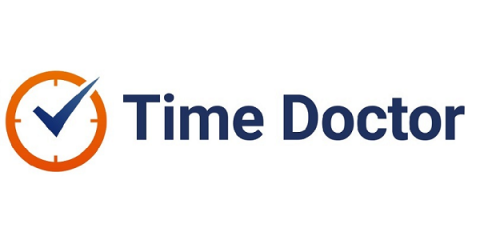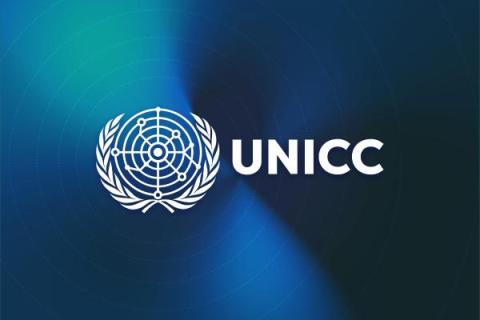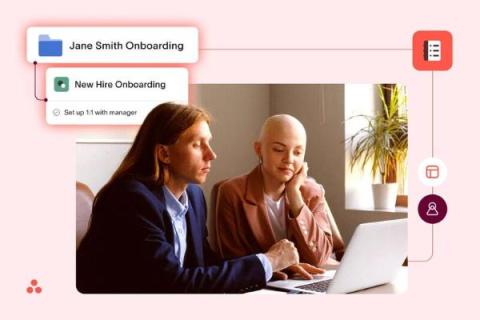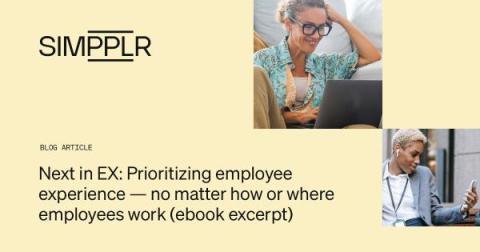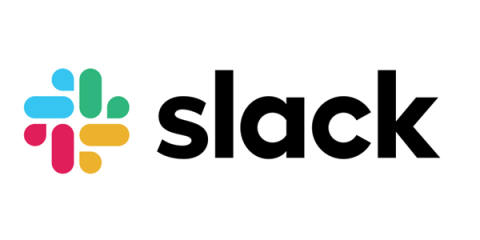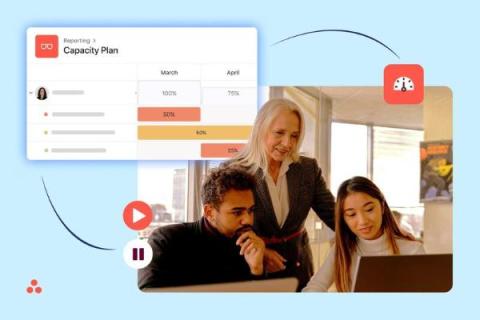How to use exit interviews for talent attraction and retention
Exit interviews have changed from a formal process to a strategic tool that can have a big effect on a company’s ability to find and keep skilled workers in today’s competitive talent management market. In the past, these interviews were meant to get closure from employees leaving. But now, forward-thinking businesses are using the information they get to not only figure out but also fix the problems that cause workers to leave.


